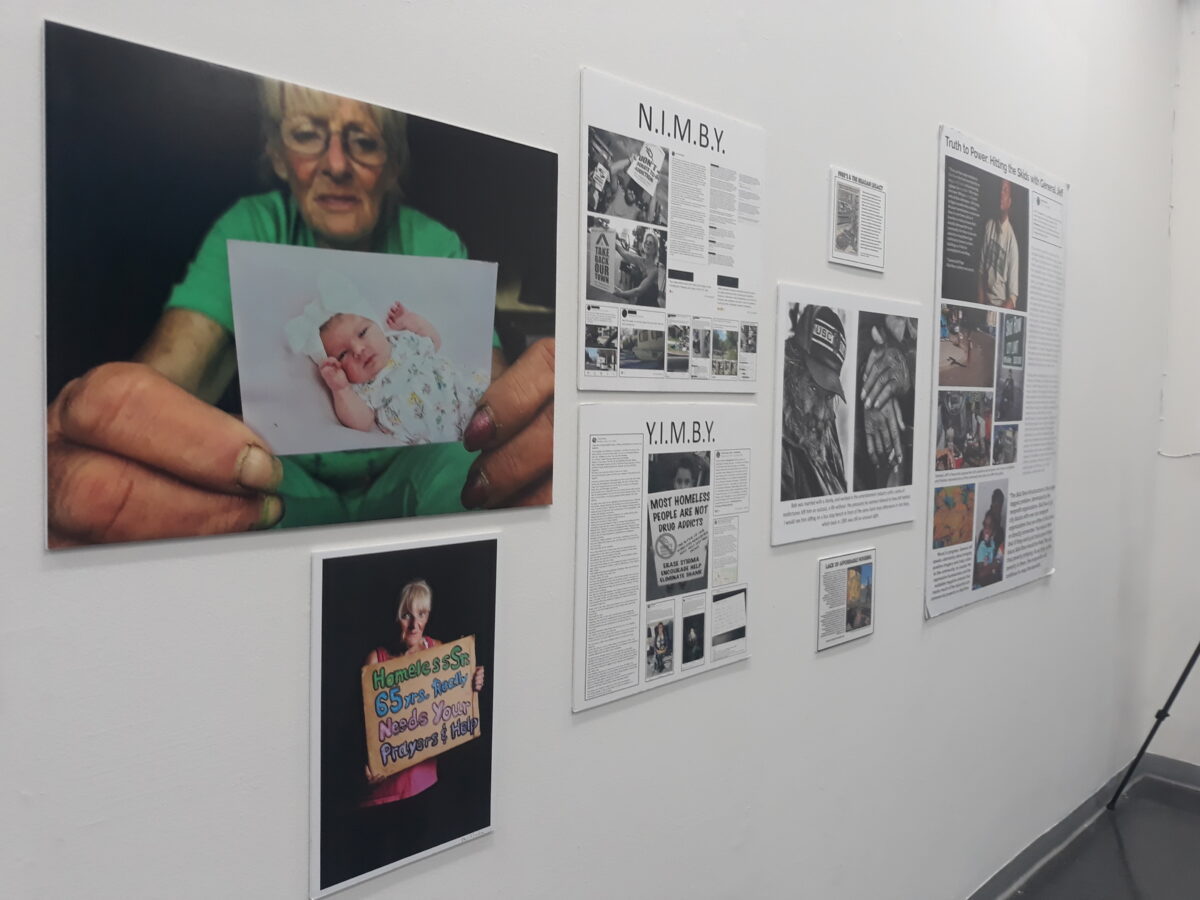There is always that one friend who acts as if their cell phone is a world-renowned photographer, and their social media page is their personal glamor magazine.
Their Instagram is a deluge of selfies, revealing their new haircut, their time in front of the mirror at the gym, what they are eating, and how their deep sleep is going.
It can be annoying, but somewhere in our DNA is a gene that triggers us to pull out our phones, make a duckface, and show the world ourselves, in the moment, doing nothing of real importance. And it is always immensely gratifying.
“I think we live in a culture where people are encouraged to be obsessed with themselves,” said Bernardo Attias, professor and department chair of communication studies.
Recently the Instagram celebrity Jen Selter, also known as the “belfie” or the “butt-selfie” queen, was featured on the cover of Vanity Fair and given a photo spread in the pop-culture and current affairs magazine.
“There are rewards for self absorption,” Attias said. “We see role models who are self absorbed.”
Jen Selter’s Instagram boasts three million followers and 417 posts that mostly depict her in skin-tight spandex, striking a workout pose that of course accents her carefully-crafted derriere.
CSUN graduate student Amanda El Khoury, who is working on her master’s in literature, said that she does not see selfies as a vain form of expression.
“I’m the type of person who believes that if you got it, flaunt it,” El Khoury said.”If you got it and you’re confident in it, and you want to show it off, and that’s you, then you should embrace that.”
The past few years suggest the selfie has moved beyond being a hotchpotch means of producing a profile picture for social media, and instead a staple for sharing and interacting on the web.
The word itself has even been added to the dictionary. Voted 2013 International Word of the Year by Oxford Dictionaries website, the same people that bring you the definitive Oxford English Dictionary, the funny name for the silly photos we take of ourselves has been given an officiality.
The word is traced back to 2002 when it appeared in an online Australian forum, according to the Oxford Dictionaries’ website. But when did people start striking awkward poses in front of the camera? Who took the first selfie?
One the earliest known selfies, and what is believed by some to be the first, was taken in 1839 by Robert Cornelius while standing in the yard behind his family’s lamp store in Philadelphia.
More than half a century later the youngest daughter of Russia’s last czar, Grand Duchess Anastasia Nikolaevna, busted out a mirror selfie using a Kodak brownie. But the selfie as we know it today can be attributed to the advent of social media and the cell phone.
“It all started with Myspace, and digital cameras,” said Matt Colantono, a senior communications major.
The selfie is now a worldwide habit and wherever there is someone with a camera, there’s a chance for a selfie. Public health major Steliana Coneac moved to the U.S. from Romania after Myspace had given way to Facebook, and said a lot of her friends in Europe take selfies.
“The selfie trend is universal,” Coneac said. “I see the same type of selfies photos from there that I do from here.”
The Thailand Department of Mental Health warned that young Thais not receiving enough likes for their selfie post are facing emotional problems. Whether the selfie is a tool for the self-obsessed, a reachout from the depressed, or just a means to share one’s life with friends and family, there is no avoiding them.
“I feel like above all things it’s just a picture at the end of the day,” Colantono said.




